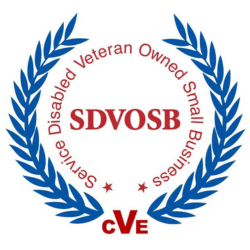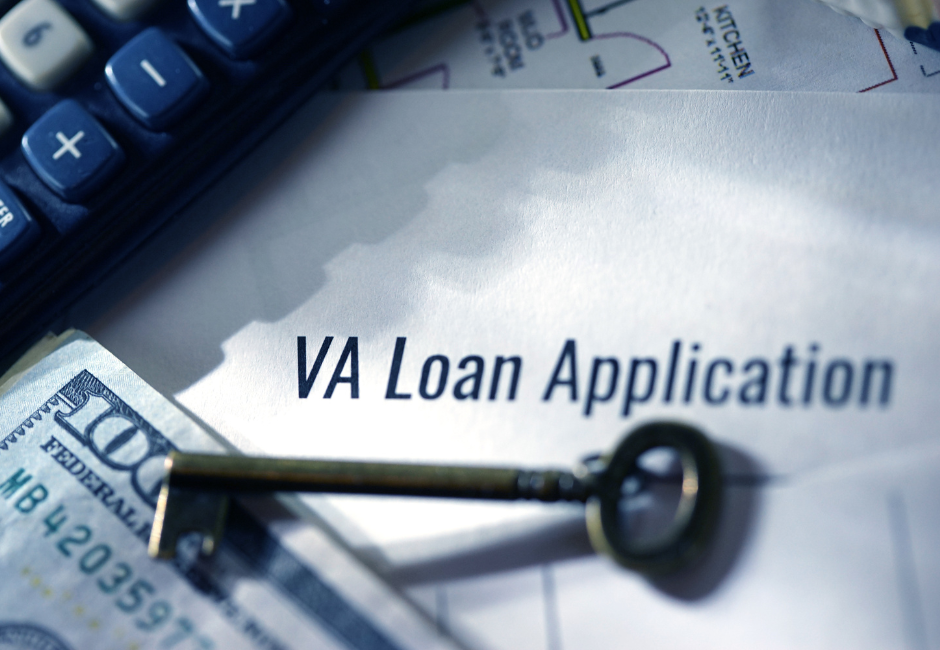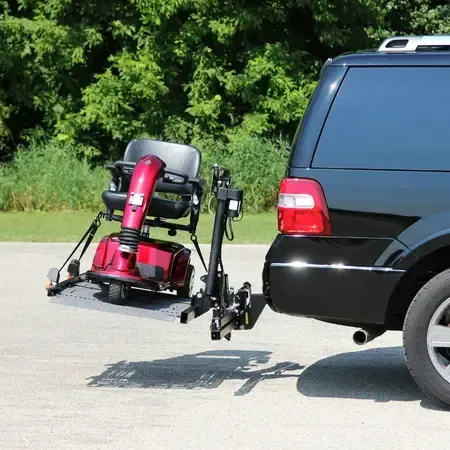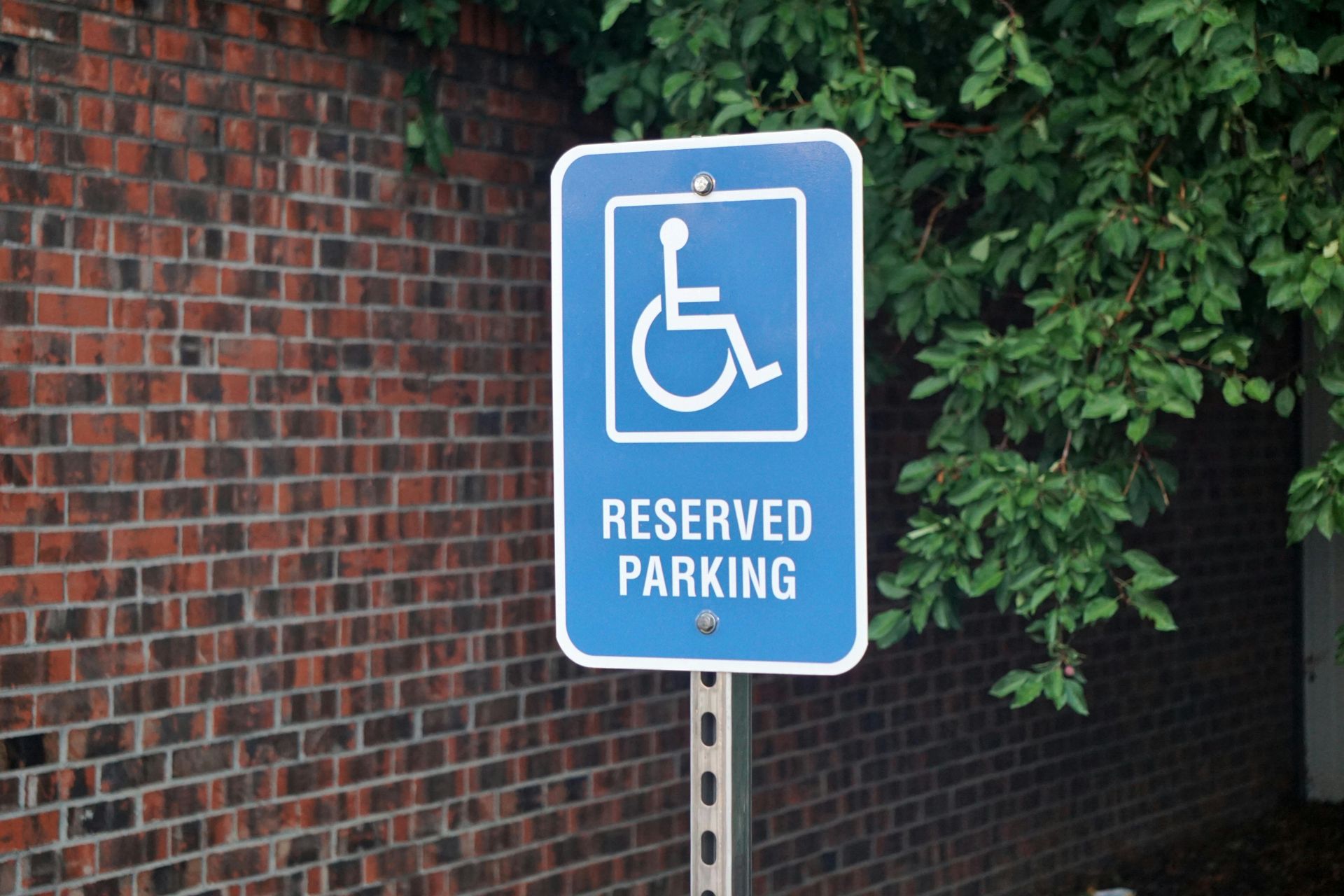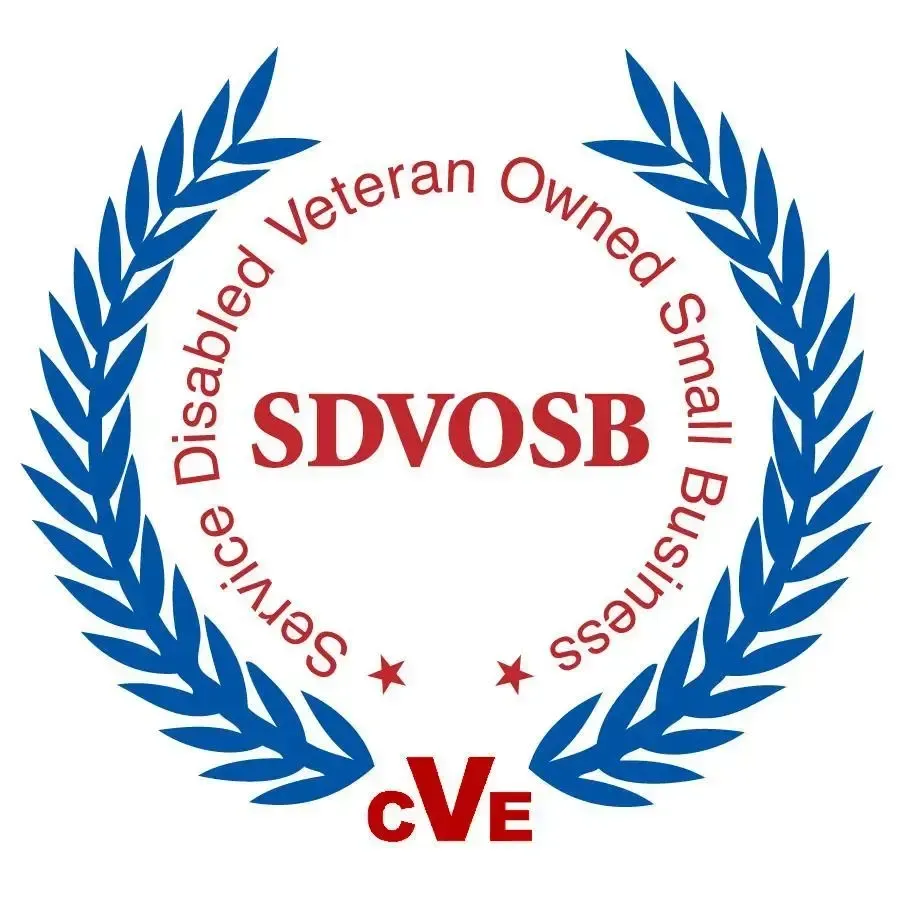Understanding the VA HISA Grant

At Altamira, we are committed to helping Veterans live safely and independently in their homes. One of the most important resources available is the VA Home Improvements and Structural Alterations (HISA) grant. This program provides funding for medically necessary home modifications that make daily living easier, safer, and more accessible.
If you or a loved one is a
Veteran, here’s everything you need to know about the HISA grant—who qualifies, what it covers, and how to apply.
What Is the HISA Grant?
The HISA grant is a benefit provided by the U.S. Department of Veterans Affairs (VA) that helps Veterans pay for permanent home modifications related to medical needs. Unlike other VA housing programs that focus on disability-related adaptations, the HISA grant specifically supports structural changes needed for health, treatment, or mobility.
How Much Funding Is Available?
The amount available depends on your service connection:
- Up to $6,800: For Veterans with a service-connected disability, or for Veterans with a non-service-connected disability rated at 50% or more.
- Up to $2,000: For all other Veterans who have a non-service-connected disability.
This grant is a lifetime benefit—once you’ve used the maximum amount, you cannot apply again.
What Types of Improvements Are Covered?
The HISA grant can be used for permanent, medically necessary modifications such as:
- Installation of wheelchair ramps
- Widening doorways for wheelchair access
- Roll-in showers or other bathroom safety upgrades
- Lowering counters or sinks for accessibility
- Improved plumbing or electrical systems necessary for medical equipment
- Railings, grab bars, or stair modifications
⚠️
Important: The grant does not cover routine home repairs, cosmetic upgrades, or modifications not linked to a medical need.
Who Is Eligible?
Eligibility is based on your medical needs and VA status. Generally, you may qualify if:
- You are enrolled in the
VA health care system, and
- A VA physician determines that a home modification is medically necessary for your treatment or mobility.
How to Apply for the HISA Grant
The process involves several steps:
- Obtain a prescription/letter from your VA physician stating the medical need for a home modification. This must detail the exact improvements required (e.g., “Veteran requires a roll-in shower for safe bathing”).
- Complete VA Form 10-0103 (Veterans Application for Assistance in Acquiring Home Improvements and Structural Alterations). Download the form
here
- Submit supporting documents, which usually include:
- Your prescription/doctor’s letter
- Proof of home ownership or authorization from your landlord (if renting)
- Contractor plans and cost estimates for the work
4. Send the application package to your local VA medical center’s Prosthetics and Sensory Aids Service for review.
5. Wait for VA approval before beginning any work—expenses incurred before approval will not be reimbursed.
Conclusion
The HISA grant is a valuable benefit that can significantly reduce the cost of home accessibility modifications. If you’re a Veteran or caring for one, it’s worth learning about this program and seeing if you qualify.
📞 For more information, contact the VA Prosthetics and Sensory Aids Service or visit the official VA HISA page here https://www.prosthetics.va.gov/psas/hisa2.asp
